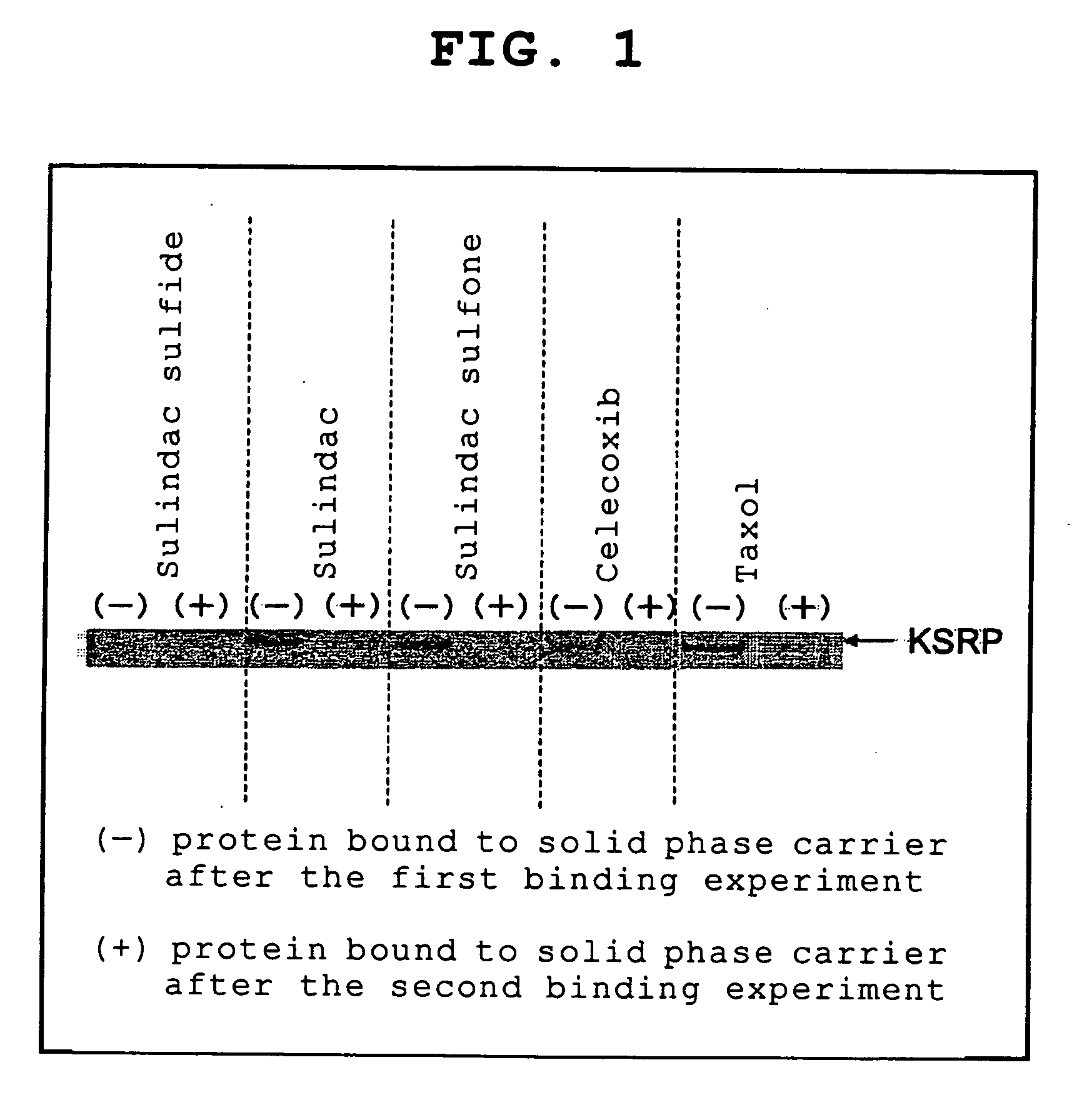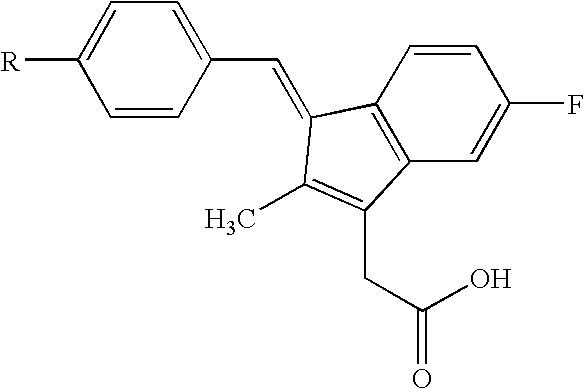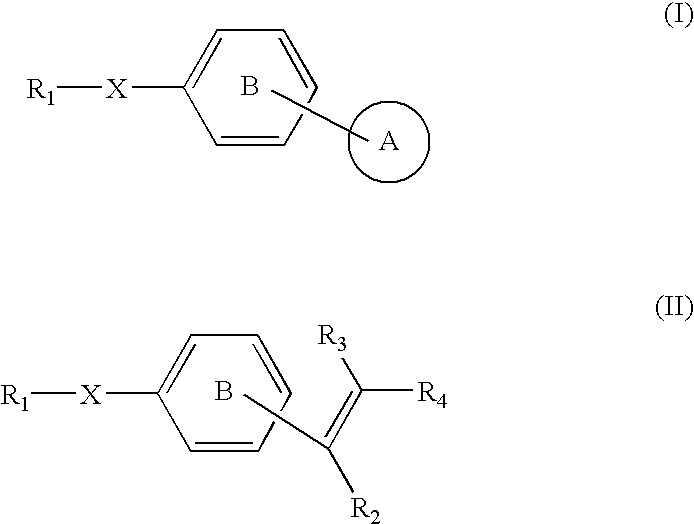Novel target protein of anticancer agent and novel anticancer agent (spnal) corresponding thereto
a technology of anticancer agents and target proteins, which is applied in the field of new drug discovery targets, can solve the problem that something remains insufficient to explain all the anticancer effect of these derivatives
- Summary
- Abstract
- Description
- Claims
- Application Information
AI Technical Summary
Benefits of technology
Problems solved by technology
Method used
Image
Examples
production example 1
[0127] Synthesis of Sulindac-Sulfide-Immobilized Resin (A)
[0128] TOYO-Pearl (AF-Amino-650M) (600 μl, 60 μmol; TOSHO, Cat. NO =08039), sulindac sulfide (20.4 mg, 60 μmol; SIGMA, Cat. NO. =S-3131), WSCD (11.6 μl, 66 μmol; Peptide Institute, Inc., Cat. NP =1020; water-soluble carbodiimide), and HOBt (9.7 mg, 72 μmol; 1-hydroxybenzotriazole) were added, and this was followed by stirring at room temperature for one day. After the resin was washed with DMF (dimethylformamide) five times, the ninhydrin test was performed, showing that the desired compound was obtained with a yield of 93%.
[0129] Subsequently, 5 ml of a 20% acetic anhydride solution in DMF was added, and this was followed by stirring at room temperature for 30 minutes, and the remaining amino groups were capped with acetyl groups. The resin was washed with 5 ml of 20% ethanol solution to yield the desired compound (A).
production example 2
[0130] Synthesis of Sulindac-Immobilized Resin (B)
[0131] TOYO-Pearl (AF-Amino) (600 μl, 60 μmol), sulindac (21.4 mg, 60 μmol; SIGMA Cat. NO =S-8139), WSCD (11.6 μl, 66 μmol), and HOBt (9.7 mg, 72 μmol) were added, and this was followed by stirring at room temperature for one day. After the resin was washed with DMF five times, the ninhydrin test was performed, showing that the desired compound was obtained with a yield of 92%.
[0132] Subsequently, 5 ml of a 20% acetic anhydride solution in DMF was added, and this was followed by stirring at room temperature for 30 minutes, and the remaining amino groups were capped with acetyl groups. The resin was washed with 5 ml of 20% ethanol solution to yield the desired compound (B).
production example 3
[0133] Synthesis of Sulindac-Sulfone-Immobilized Resin (C)
[0134] TOYO-Pearl (AF-Amino) (600 μl, 60 μmol), sulindac sulfone (22.3 mg, 60 μmol; SIGMA Cat. NO =S-1438), WSCD (11.6 μl, 66 μmol), and HOBt (9.7 mg, 72 μmol) were added, and this was followed by stirring at room temperature for one day. After the resin was washed with DMF five times, the ninhydrin test was performed, showing that the desired compound was obtained with a yield of 87%.
[0135] Subsequently, 5 ml of a 20% acetic anhydride solution in DMF was added, and this was followed by stirring at room temperature for 30 minutes, and the remaining amino groups were capped with acetyl groups. The resin was washed with 5 ml of 20% ethanol solution to yield the desired compound (C).
PUM
 Login to View More
Login to View More Abstract
Description
Claims
Application Information
 Login to View More
Login to View More - R&D
- Intellectual Property
- Life Sciences
- Materials
- Tech Scout
- Unparalleled Data Quality
- Higher Quality Content
- 60% Fewer Hallucinations
Browse by: Latest US Patents, China's latest patents, Technical Efficacy Thesaurus, Application Domain, Technology Topic, Popular Technical Reports.
© 2025 PatSnap. All rights reserved.Legal|Privacy policy|Modern Slavery Act Transparency Statement|Sitemap|About US| Contact US: help@patsnap.com



